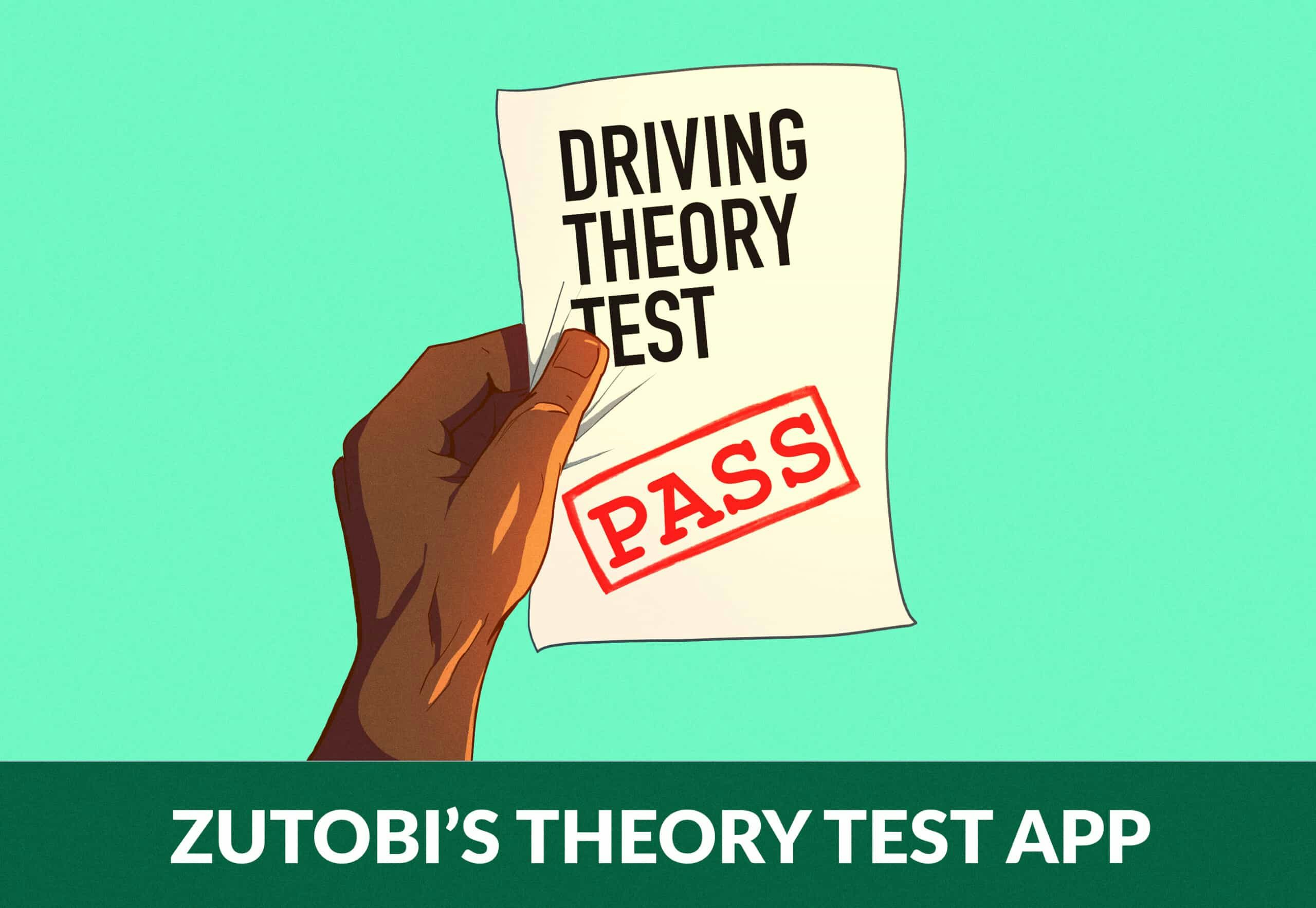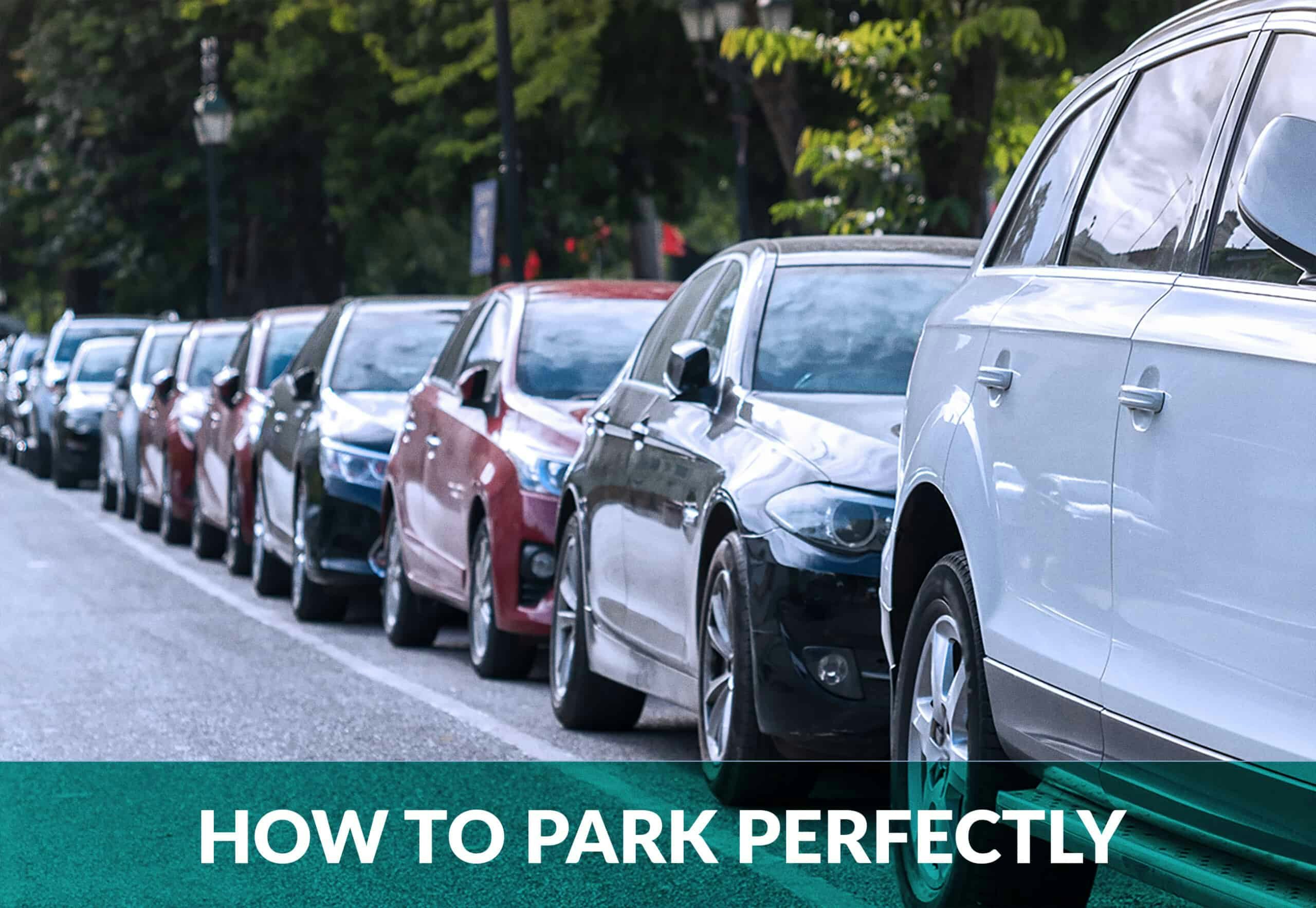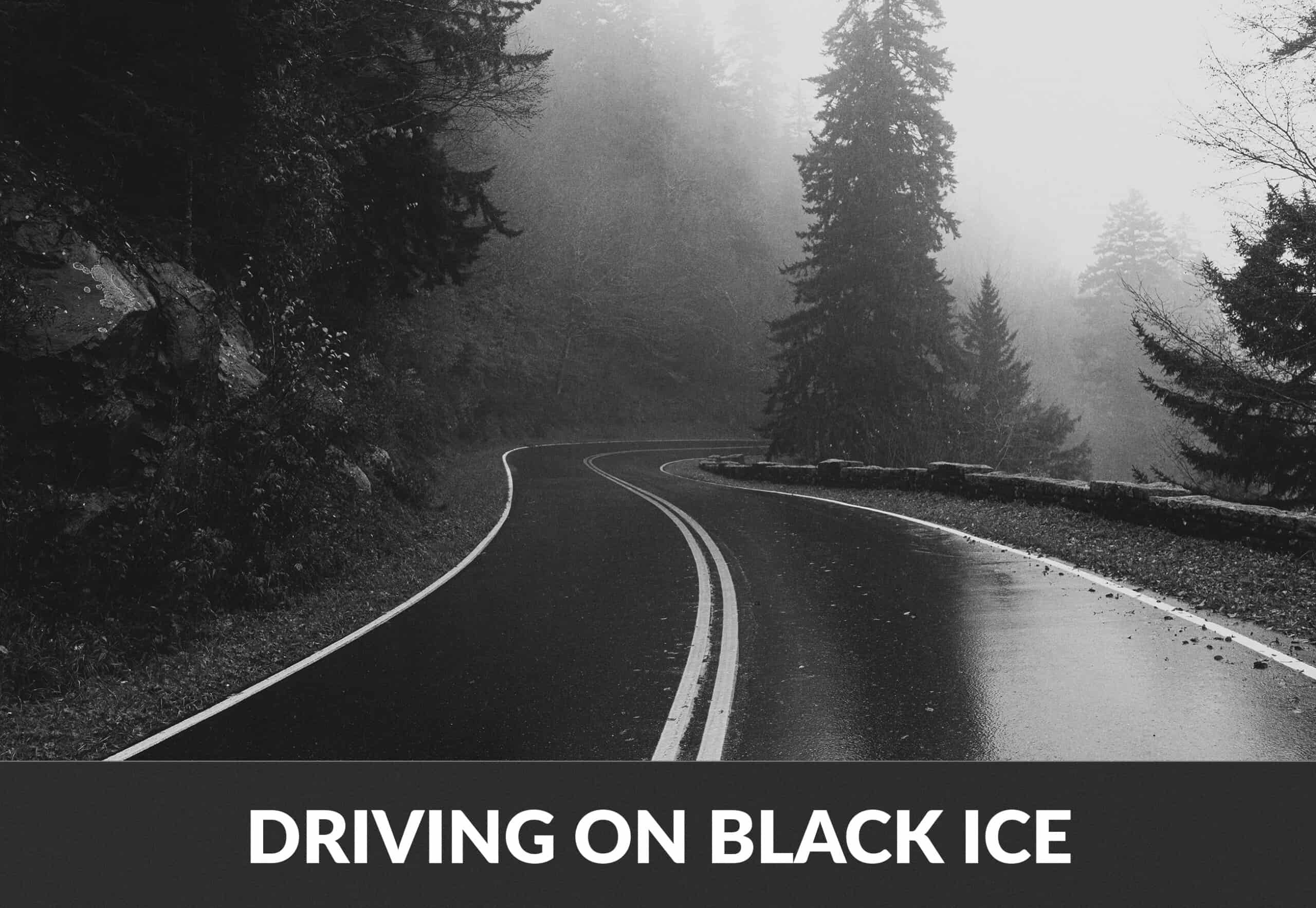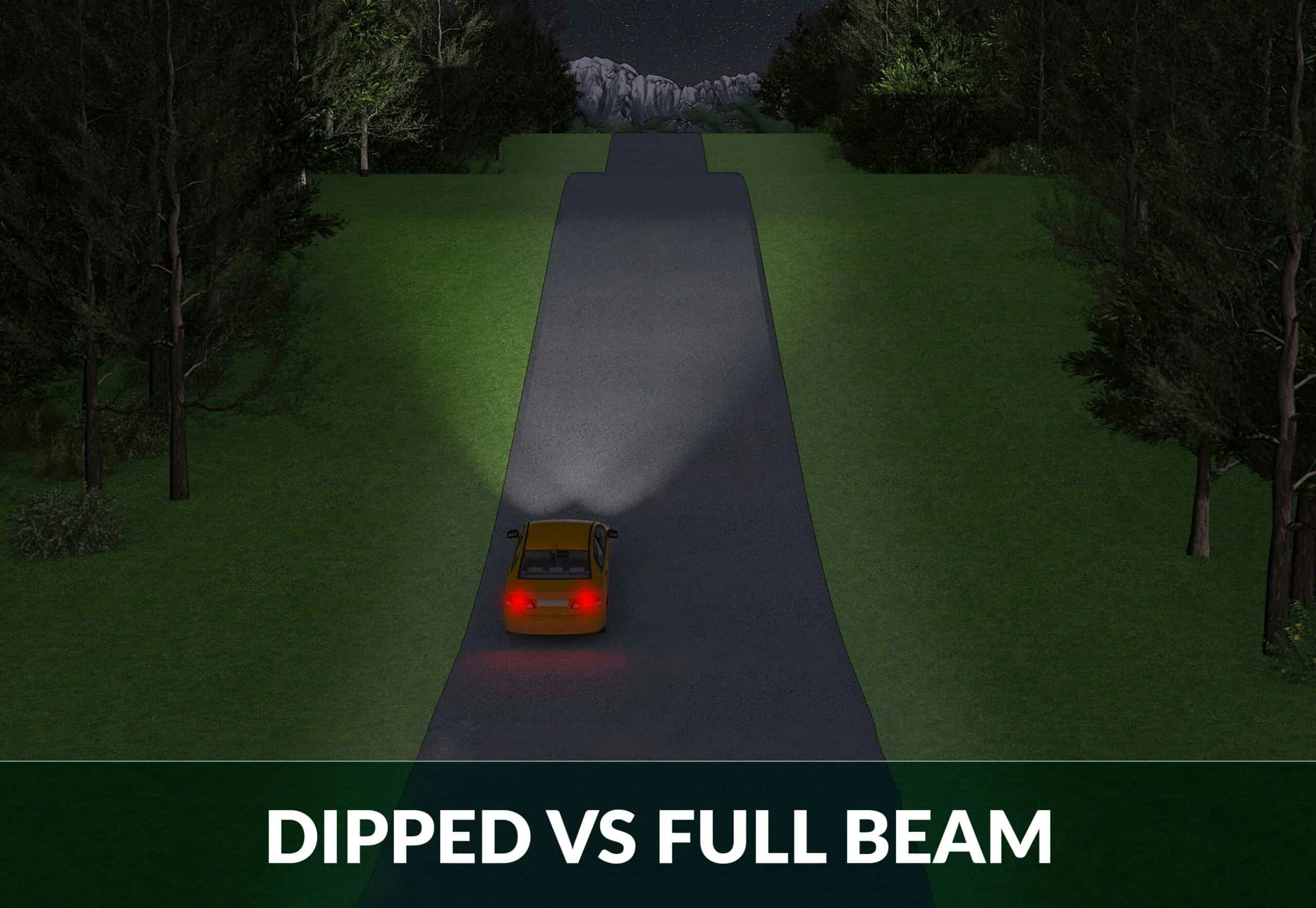
Dipped Headlights vs Full Beam – What They Are & When You Should Use Them
All vehicles are fitted with headlights to help the driver see at night and in low-visibility situations. Headlights also let other drivers see your vehicle easier which is just as important.
A vehicle without lights is far more likely to be involved in an accident as other drivers just won’t spot it in time. So even if you think you can see well enough ahead, it can still be highly dangerous to not use headlights when you should.
Dipped Headlights vs Full Beam Headlights
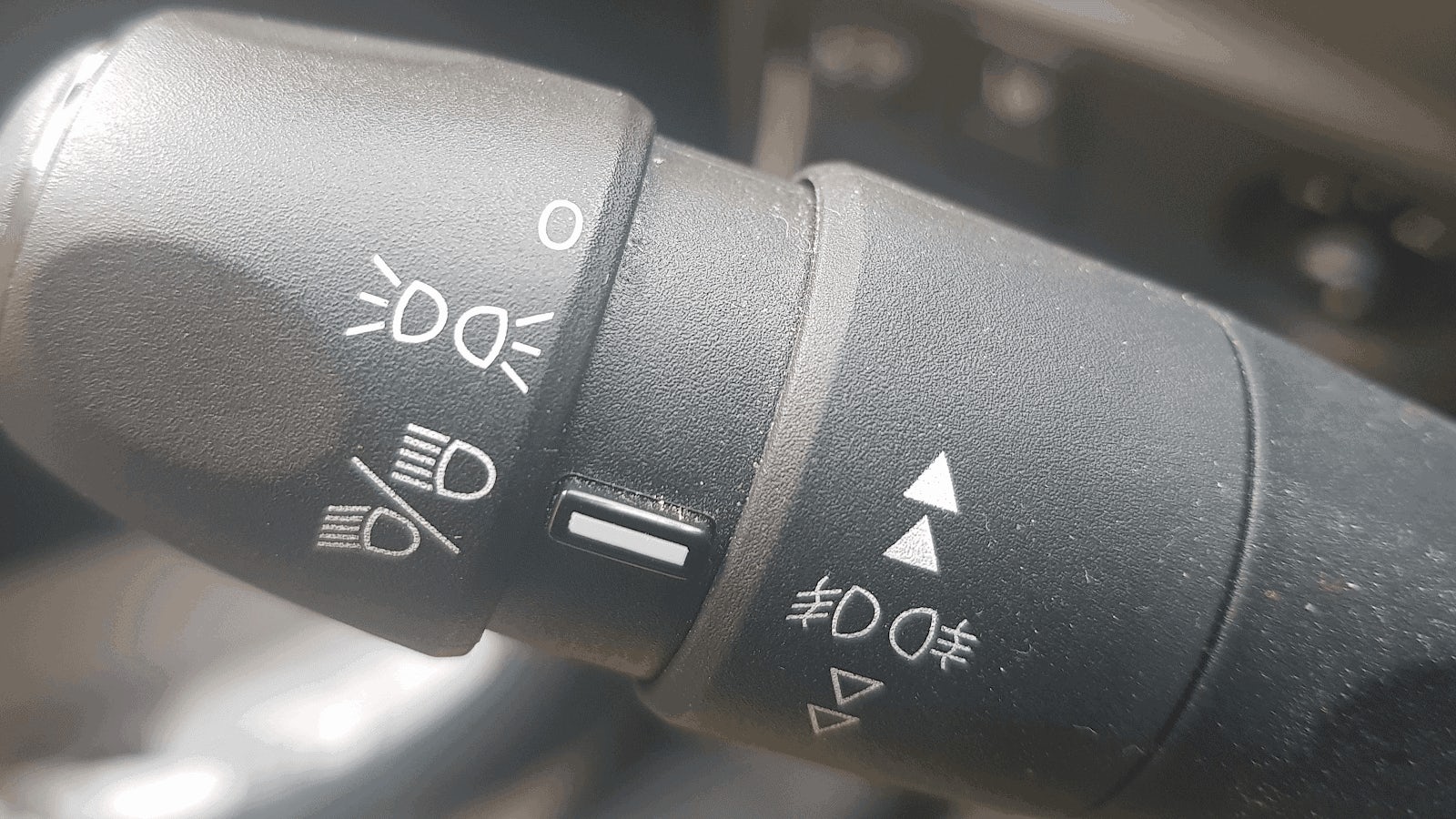
There are two main types of headlight settings that are used in different situations – low beams (dipped headlights) and full beams (bright headlights). It is your responsibility as a driver to know when to use them.
When Should Dipped Headlights Be Used?
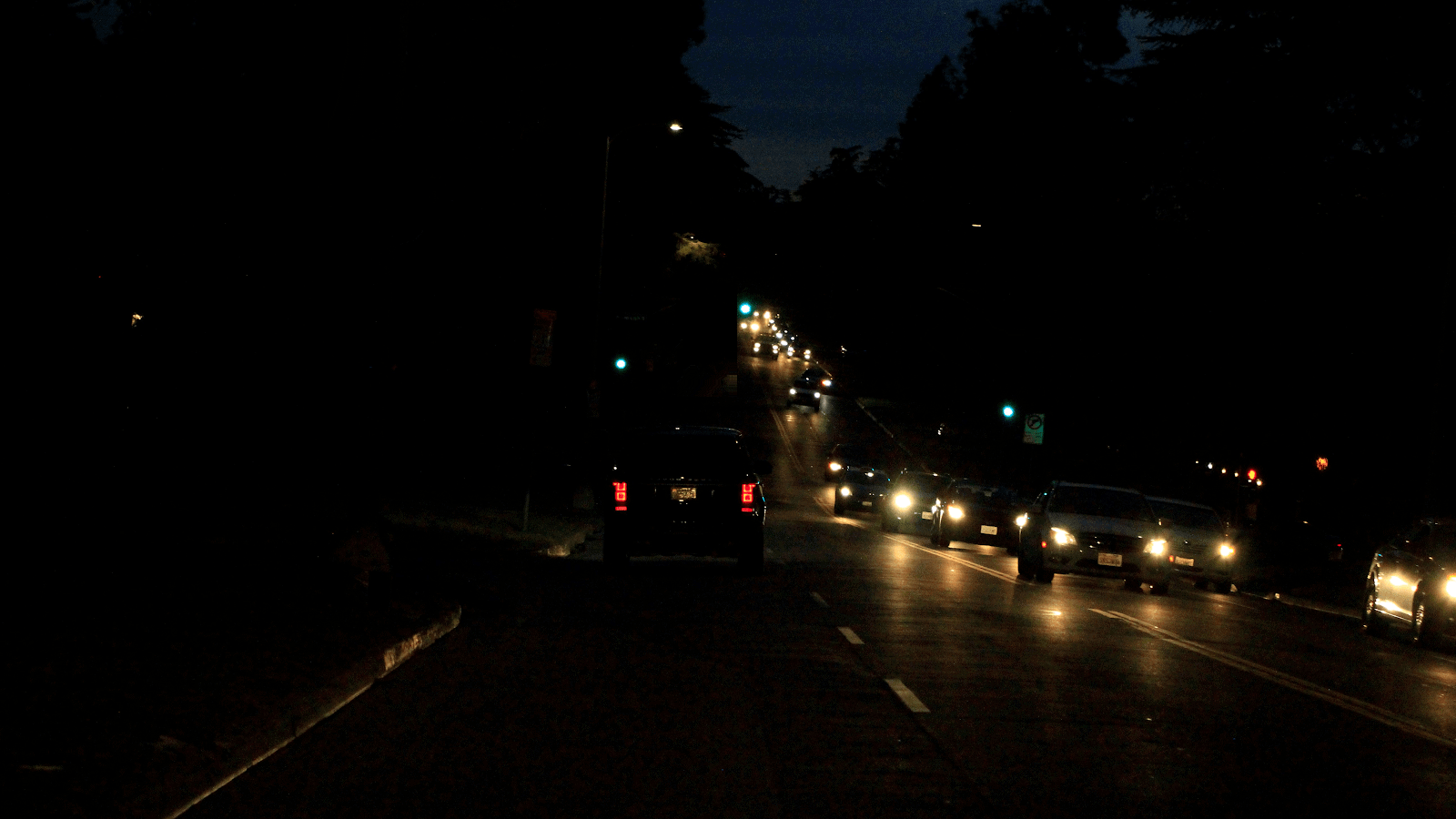
The likelihood that you fail to spot something on or near the road is much higher when it is dark, or when driving in low-visibility situations, than during the day. Headlights are so important because they will help you see more of the road ahead, but they will also help others see you. In the United Kingdom, headlights must be on:
- between sunset and sunrise
- in weather conditions when visibility is seriously reduced
- if you cannot see at least 100m
What are Full Beam Headlights?
The strongest headlights in your car are called full beam headlights. The full-beam headlights are used at night and in poor lighting conditions to light up as much of the road ahead as possible as you drive. They light up far more of the road compared to normal low-beam “dipped” headlights.
While full-beam headlights provide more light than low beams, the light is strong enough to temporarily blind other drivers and pedestrians if used incorrectly. To prevent blinding other drivers, there are strict requirements in the United Kingdom when you have to dip your headlights (i.e. turn to low beams).
When to Use Full Beam Headlights
Full beams will drastically increase the chance of you seeing an object or hazard on or near the road. They light up far more of the road than low beams and enable you to see much farther ahead when dark, but they may also dazzle oncoming drivers.
You should use full beams every legal chance you get, but there are many times you have to dip your headlights.
When to Dip Your Full Beam Headlights
You should dip your full beam headlights:
- as soon as you see an approaching vehicle on the opposite carriageway
- when you are close enough behind another vehicle that your full beam headlights will dazzle that driver (always dip when within 200m!)
When overtaking from behind, keep your headlights dipped until you are level with the other vehicle, and then change to full beam if necessary and you won’t dazzle oncoming road users.

How Far Can You See With Full Beams and Dipped Headlights?
Using the wrong type of headlight setting can, depending on your speed and visibility, be devastating and result in an accident.
- Dipped headlights let you see up to about 60 metres and are suitable for speeds up to 40 km/h.
- Full-beam headlights let you see up to about 105 metres and are suitable for speeds faster than 40 km/h.
Don’t Overdrive Your Headlights
In essence, dipped headlights provide far less light than high-beams at night. If driving faster than 40 km/h with dipped headlights at night, it may be too late to stop without hitting an object by the time you see it.

When Driving Near Pedestrians
Pedestrians and bicyclists can be difficult to spot during the day, and even more so at night. Keep in mind that dipped or full beam headlights will not help you see everything on the road ahead – you may still miss things. If you are driving near pedestrians, slow down to give yourself more time to react in case you have to brake or swerve.

550+ exam-like questions
All you need to ace your test
Free trial
Recommended articles
Ace your theory test, guaranteed
Want to Be the Top School in Your Area?
- Simple & automated admin
- More time for teaching
- #1 learning materials for students
